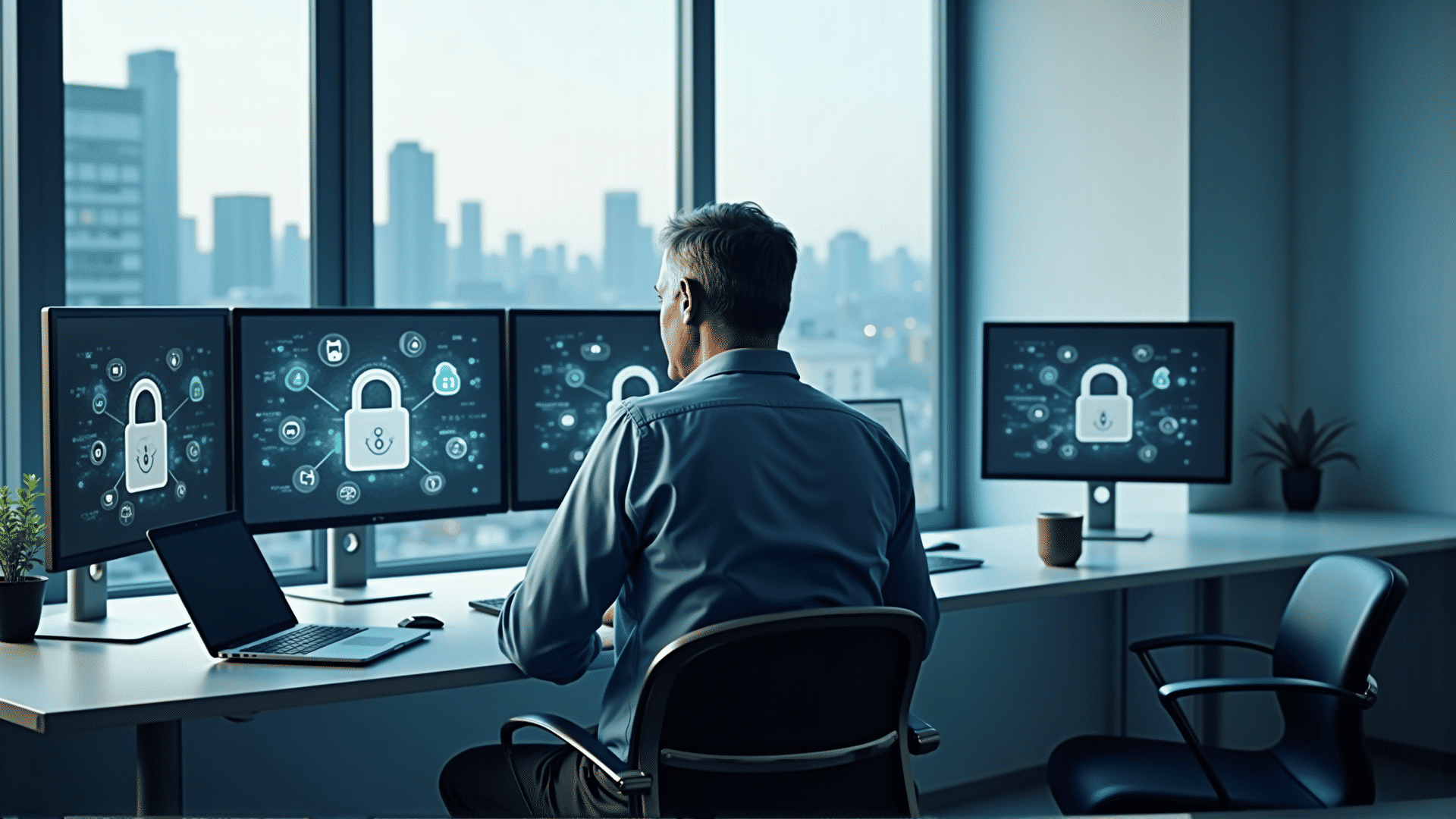Navigating the vast landscape of the internet securely is essential to protect your personal information and maintain privacy. As we increasingly rely on digital platforms for various aspects of our daily lives, understanding and adopting safe online habits can significantly reduce the risk of cyber threats. This guide explores crucial practices to help shield your digital footprint effectively.
1. Strong, Unique Passcodes
One of the fundamental aspects of online security is using robust and unique passcodes for your digital profiles. Avoid easily guessable words or sequences. Instead, opt for a mix of upper and lower case letters, numbers, and special symbols. Each online platform should have its own distinct passcode to prevent a breach on one site from affecting your other profiles. Consider utilizing a password manager to help keep track of your credentials safely.
2. Two-Step Verification
Enhance the security of your profiles by enabling two-step verification whenever possible. This additional layer requires a second form of authentication, such as a code sent to your mobile device, after inputting your passcode. It serves as a significant roadblock for unauthorized access attempts, offering an extra line of defense for your data.
3. Secure Connections
Always ensure your internet connection is secure, especially when handling sensitive information. Avoid free Wi-Fi networks, as they are often less secure and can be a hotbed for cybercriminals seeking to intercept data. If you must use public Wi-Fi, employ a Virtual Private Network (VPN) to encrypt your internet activities and protect your information from prying eyes.
4. Reliable Security Software
Protect your devices with reliable security software to guard against malicious threats. Regularly update the software to ensure it can recognize and neutralize the latest dangers. A comprehensive security suite can help fend off virus attacks, malware, and other cyber threats attempting to breach your systems.
5. Be Wary of Suspicious Communications
Exercise caution when dealing with unexpected emails or messages, especially those requesting personal details or directing you to click on links. Cyber attackers often employ such tactics to trick users into revealing private information. Scrutinize the source, and when in doubt, avoid interacting with the content of the message. Authentic sources will rarely ask you to provide sensitive details via unsecured channels.
6. Regular Software Updates
Keep your operating systems and applications updated to their latest versions. Developers frequently release updates to patch vulnerabilities that could be exploited by cybercriminals. By ensuring your software is up to date, you maintain an additional safeguard for your digital presence.
7. Be Mindful of Social Media
While social media is a great tool for staying connected, it requires careful management to maintain privacy. Be conscious of the personal information you share and adjust your privacy settings to limit public access. Think critically about friend requests and avoid accepting connections from unknown individuals.
8. Data Back-Up
Regularly backing up your data is a crucial safety measure. In the unfortunate event of a system breach, having a secure backup ensures you don't lose valuable information. Use external hard drives or cloud-based services as part of a comprehensive backup strategy.
By embracing these secure online practices, you can significantly mitigate risks and protect your digital footprint. Remember, cybersecurity is an ongoing process, and staying informed about potential threats is vital to safeguarding your online presence.
